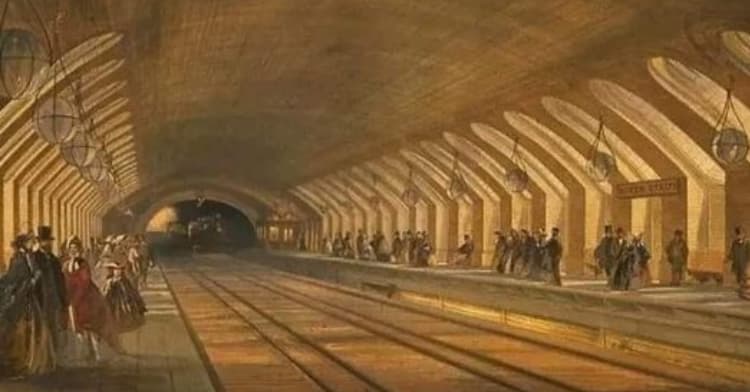Nestled in the tranquil village of Warburton, Greater Manchester, St. Werburgh Church stands as a testament to over 1,000 years of history and heritage. Surrounded by modern infrastructure yet steeped in ancient charm, this sacred site offers visitors a glimpse into England’s rich religious and architectural legacy. From its humble beginnings as a Saxon church to its present-day status as a Grade I listed building, St. Werburgh Church beckons travelers to embark on a journey of discovery and contemplation.
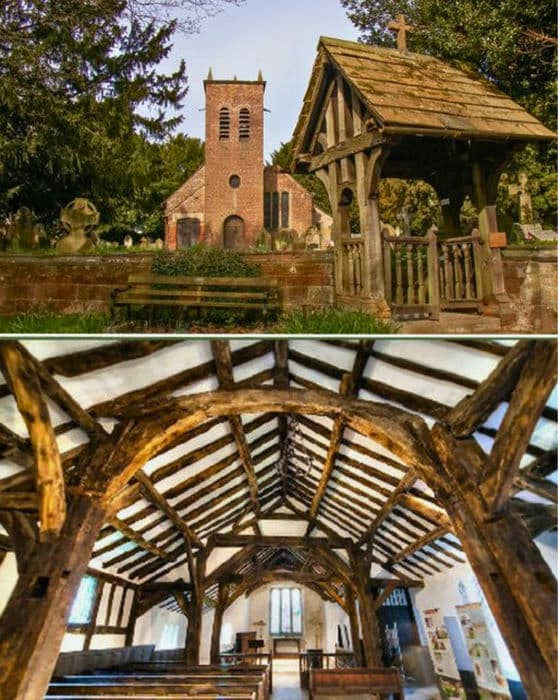
Why Visit St. Werburgh Church?
As a traveler drawn to the allure of historical landmarks, my journey led me to the hallowed grounds of St. Werburgh Church in Warburton. Here are five compelling reasons why this ancient site should not be missed:
- Architectural Marvel: Marvel at the timeless beauty of St. Werburgh Church, one of only 27 timber-framed churches in England. From its timber frame lych gate to its rough-hewn timber uprights, every aspect of this sacred space exudes a sense of antiquity and reverence.
- Historic Significance: Immerse yourself in centuries of history as you explore the remnants of a Saxon church dating back to the Norman Conquest. Discover the legacy of Adam de Dutton’s priory and trace the evolution of St. Werburgh Church through the centuries.
- Cultural Heritage: Delve into the cultural heritage of St. Werburgh Church, where fixtures and furnishings bear witness to the faith and devotion of generations past. From stone sarcophagi to 18th-century Minton tiles, each artifact tells a story of worship and community.
- Archaeological Intrigue: Uncover the mysteries of St. Werburgh Church’s archaeological past, from the remodelling efforts of the 16th and 17th centuries to the extensive repairs undertaken in the Victorian era. Explore the intricate details of medieval designs adorning the walls and windows of this historic sanctuary.
- Government Recognition: Experience the significance of St. Werburgh Church as a cultural heritage site, acknowledged by its inclusion in the government’s Culture Recovery Fund. Join the ranks of fellow travelers and history enthusiasts in preserving and celebrating England’s architectural treasures.
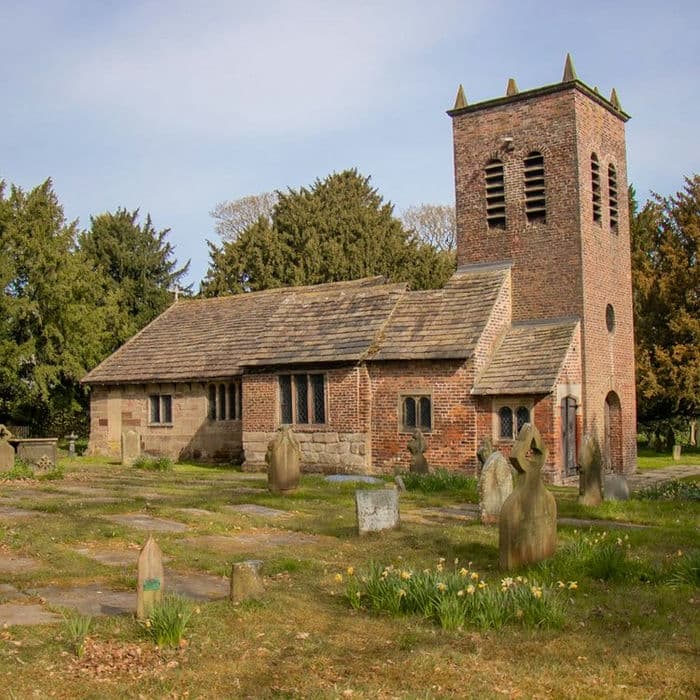
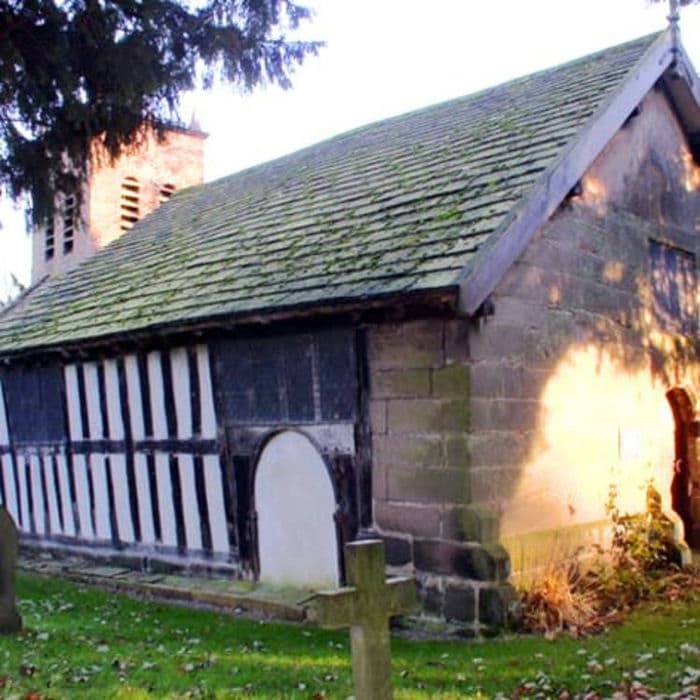
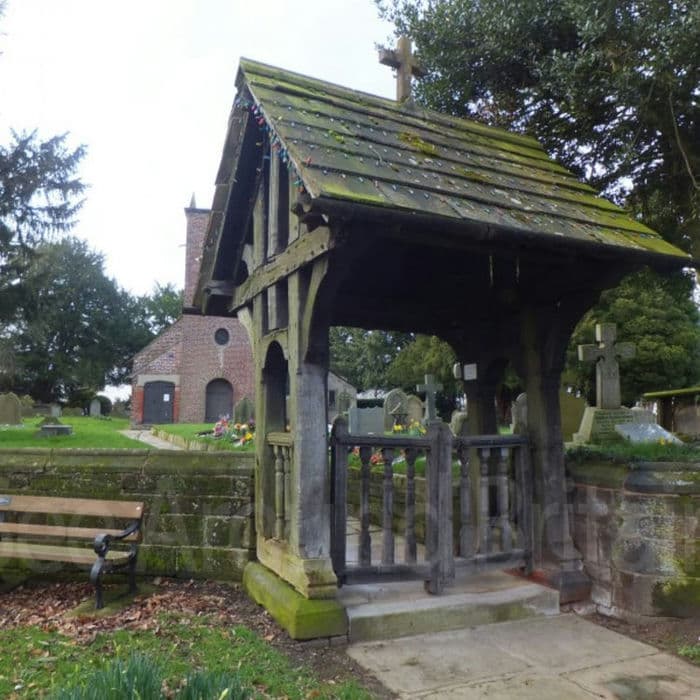
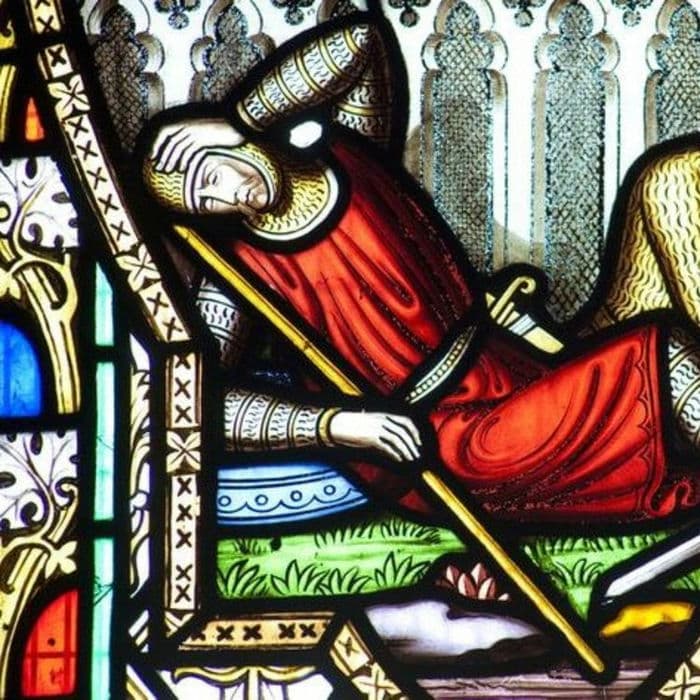
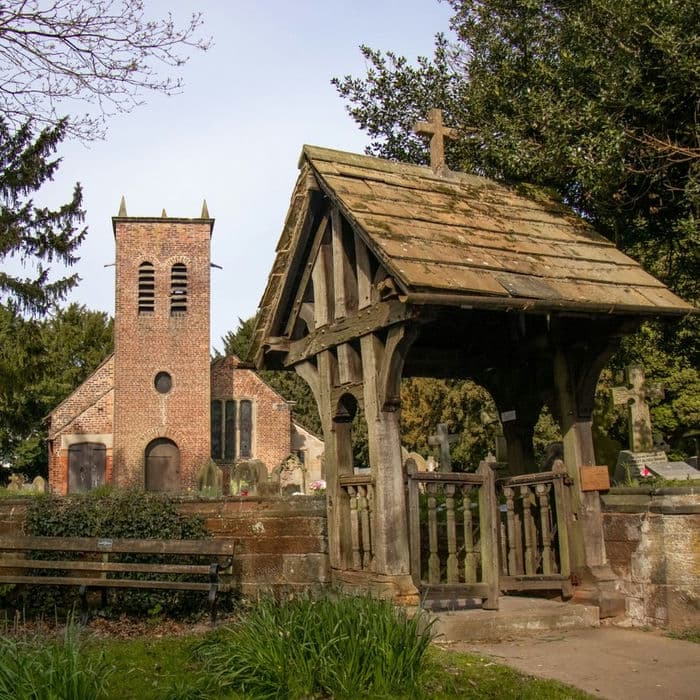
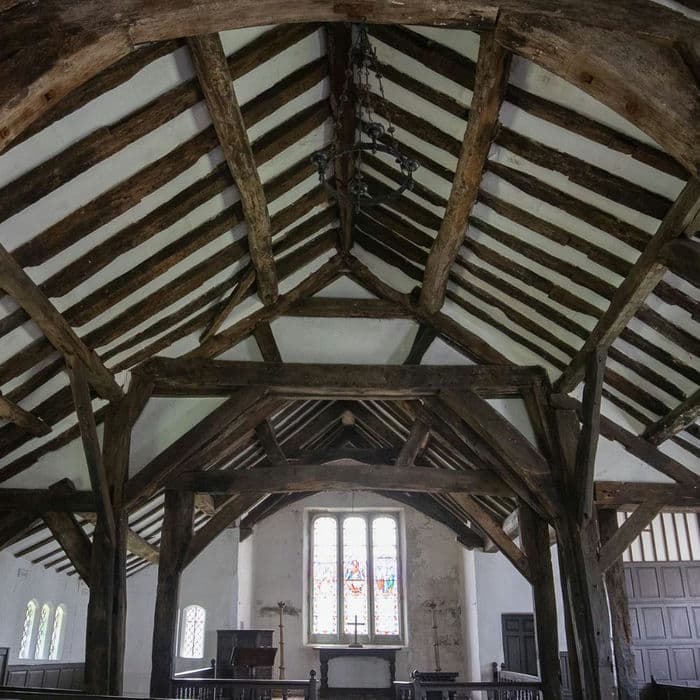
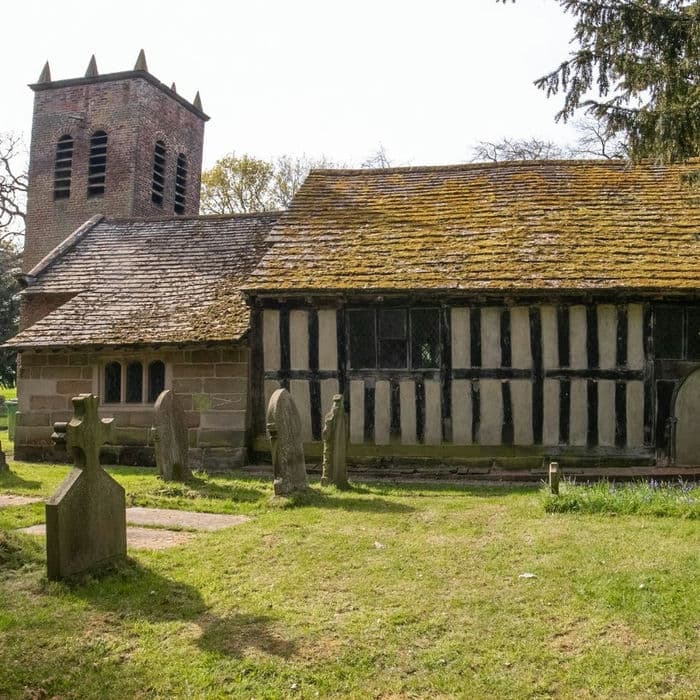

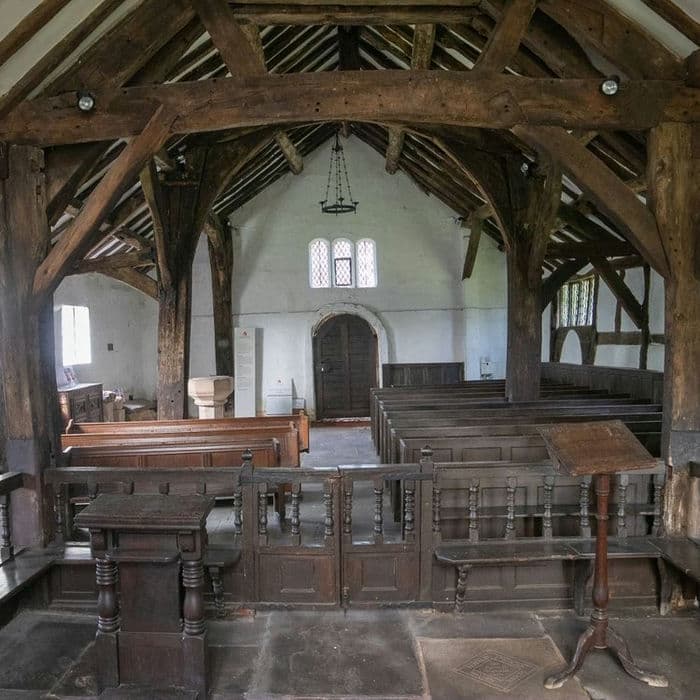
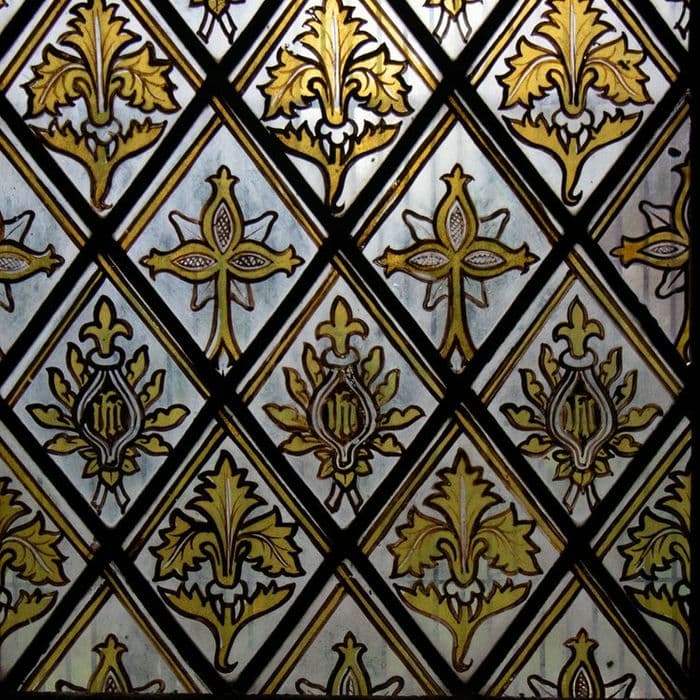
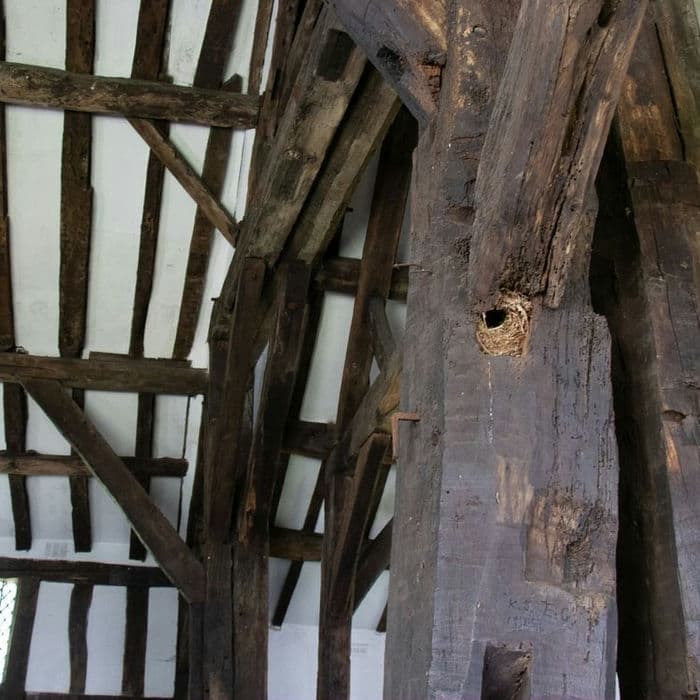
Frequently Asked Questions:
- What is the history of St. Werburgh Church?
St. Werburgh Church traces its origins to a Saxon church predating the Norman Conquest. Founded as a priory by Adam de Dutton in the 12th century, the church underwent extensive alterations and renovations over the centuries, reflecting the evolving architectural styles and religious practices of its time. - What architectural features distinguish St. Werburgh Church?
St. Werburgh Church is renowned for its timber-framed structure, timber frame lych gate, and distinctive interior elements such as stone sarcophagi and Minton tiles. Its Grade I listed status underscores its architectural and historical significance. - How can visitors access St. Werburgh Church?
Visitors can easily reach St. Werburgh Church by following the address: Warburton, Greater Manchester, England, WA13 9SS. The church welcomes visitors seeking to explore its rich heritage and tranquil surroundings. - What restoration efforts have been undertaken at St. Werburgh Church?
St. Werburgh Church received vital support through the government’s Culture Recovery Fund, ensuring the preservation and maintenance of its architectural integrity. Restoration initiatives aim to safeguard this cultural landmark for future generations to appreciate and enjoy. - What amenities are available for visitors at St. Werburgh Church?
St. Werburgh Church offers visitors a serene setting for reflection and exploration. While amenities may be limited, the church’s historical significance and architectural splendor provide ample inspiration for an enriching cultural experience.
As travelers and pilgrims alike converge upon the ancient grounds of St. Werburgh Church, they are invited to embark on a journey of discovery and reverence. With its timeless beauty and profound historical legacy, this sacred site serves as a testament to England’s enduring spiritual heritage.

